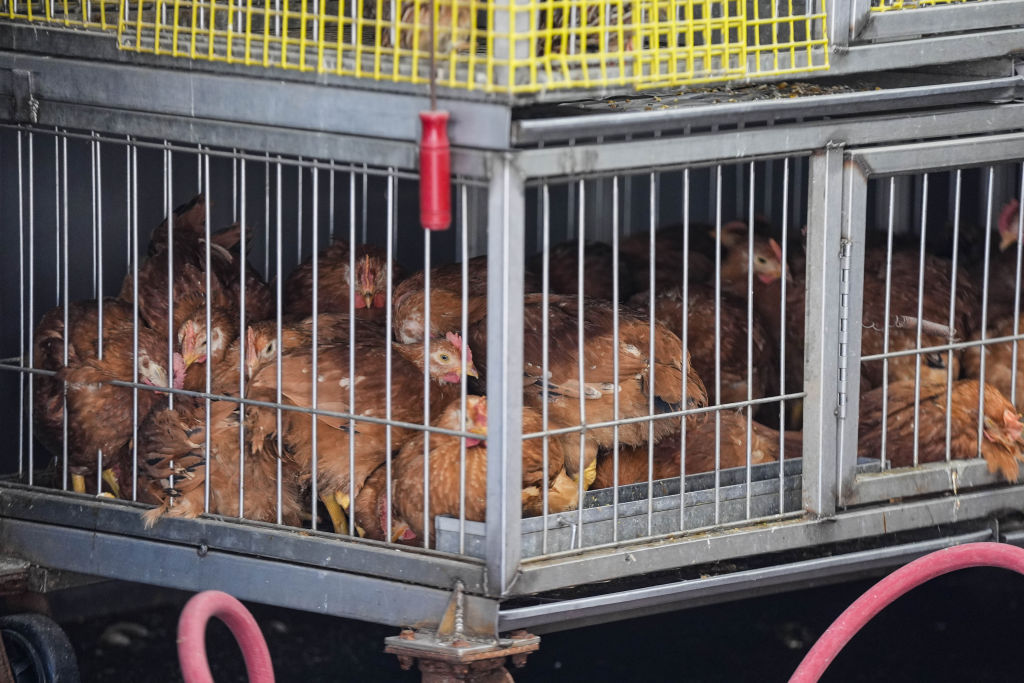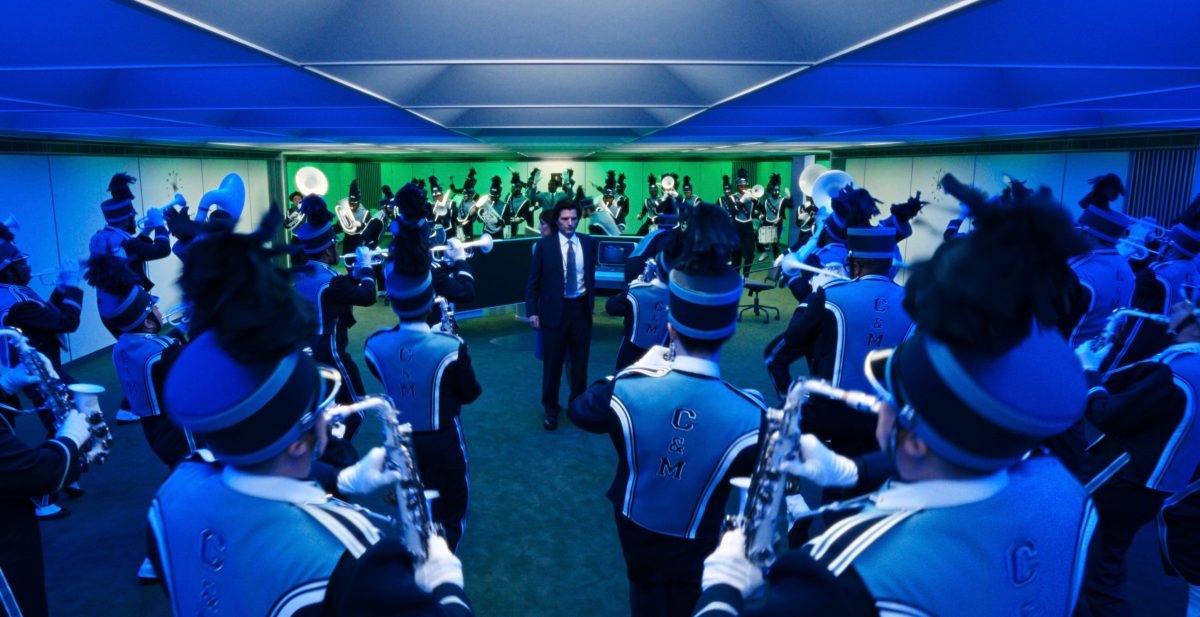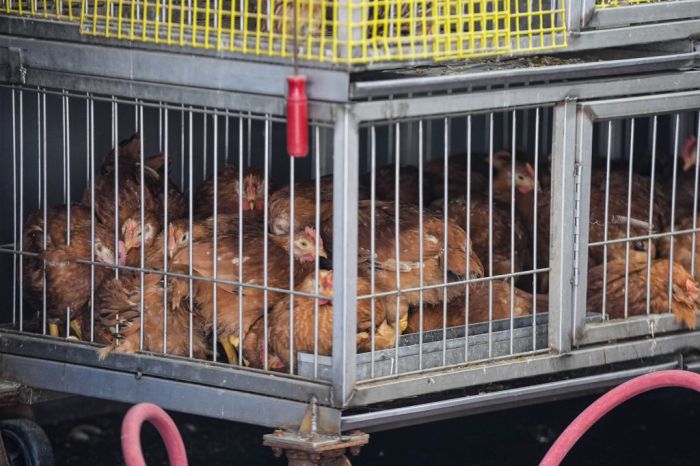By Ronda Kaysen
The rats in Tribeca are shameless. They not only come out at night, they strut across the street in broad daylight, they curl up in the flowerbeds on Greenwich St., and sometimes, if you stand quietly enough, you can hear their babies squeaking beneath the subway grates, say residents.
“You can almost see them walking hand in hand,” said Independence Plaza North tenants association president Diane Lapson. “It’s like a trailer park for rodents.”
Tribeca has had a rat problem for years — the neighborhood has numerous restaurants and is close to the waterfront. But in recent months, the problem has escalated and many residents blame the construction boom for the sudden proliferation of the furry pests.
“It’s all the construction,” said Greenwich St. resident Lori Mogol. “They go marching across the street in the middle of the day. There are a lot of them.”
Rats are a basic fact of New York City life, scurrying through subway tunnels and feasting on city trash. No one knows how many live in New York—unsubstantiated estimates vary wildly from a rat a person to as many as 56 million citywide—and the Health Dept. makes no attempts to count them.
In Lower Manhattan, the rat problem is especially fierce. Downtown is facing an unprecedented construction boom. Nearly $10 billion in construction projects are expected in the next decade, and many of them are already underway. When soil is upturned, rats are displaced from their homes and sent out into the street foraging for food and new nests to build.
“It’s like poking a beehive,” said Jennifer Nelson, a spokesperson for the Lower Manhattan Construction Command Center, which is overseeing the nearly $10 billion in Downtown construction projects. “You poke a beehive and the bees aren’t going to be happy campers. You disturb the rats’ nests, and they aren’t going to be happy, either.”
The Command Center has fielded numerous rat-related phone calls in recent months, with residents complaining about rat sightings on Greenwich St., Liberty St. and Maiden Lane, near the construction at the World Trade Center site and for the new Fulton St. transit hub. The Metropolitan Transportation Authority has also received reports of rats near its Downtown construction sites. In June and early July the Dept. of Health and Mental Hygiene found significant signs of rodent activity in the area around Greenwich and Warren Sts.
The Health Dept. baited the area and the constructions site there — Site 5B — is being regularly baited. Some wonder if baiting the specific sites is enough.
“We’re in danger in Lower Manhattan of becoming a major rat zone if we don’t take steps now in initiating an area wide plan,” said City Councilmember Alan Gerson, who worked to bring a construction-related rat problem on Houston St. under control. Simply baiting rats at construction sites doesn’t work because displaced rats simply move elsewhere, he said. The entire area needs to be considered when major construction occurs.
Not everyone in Tribeca is quick to blame the wrecking ball for the abundance of these rogue neighbors. Some say the problem has more to do with the city’s trash collection strategy than with new construction. Leaving trash in plastic bags on the street overnight attracts rats, neighbors say.
“It’s like setting out dinner for them,” said Lapson.
The Sanitation Dept. collects residential trash and insists its policy of requiring trash be kept in either black heavy-duty bags or plastic containers, works. “We do not have a problem with the heavy duty black bags that are used on the street,” said Keith Mellis, a Sanitation Dept. spokesperson. “We feel this keeps the garbage all concealed, which eliminates trash problems.”
However, there appears to be a difference of opinion in the rodent control industry. “If you’re going to have garbage on the street overnight in plastic bags, you’re going to feed the rats,” said Dr. Stephan Frantz, a rodent control consultant for the Battery Park City Authority. Bags of trash left out overnight attract rodents, he said. The only way to resolve the problem is to leave trash out during daylight hours and have the trash picked up during the day. “Otherwise, it’s crazy, you’re just feeding the rats.”
Perhaps Tribeca should take a lesson from its neighbors to the west. Over in bucolic Battery Park City, residents frolic in a nearly rodent-free world. And Battery Park City is no stranger to construction — it currently has several active construction sites.
A few years ago, rats boldly darted across the neighborhood parks in broad daylight, and the Battery Park City Authority fielded three to four phone calls a week during warm months from frazzled residents. Frantz, the authority’s rat consultant, has spent the past decade helping the neighborhood learn to manage its rat problem. Managing rats comes down to three things: food, water and shelter. “If you cut off their food supply, the population dies down,” he said.
And cut off the food supply they did. Construction workers now separate their food waste from construction waste at the sites, and disposes of food regularly. The authority is replacing its mesh sidewalk trashcans with enclosed cans and streamlining trash collection times so garbage stays on the street for as little time as possible. It is also in the midst of a pilot program to install rat proof trash compactors at the north and south end of the neighborhood for residential trash. Building managers need not ever store trash on the building premises at all. The authority now receives three to four rat complaints a summer.
“I don’t think we’ve gotten any rat complaints in months, at least none of them have come to me, and I used to get them,” said authority president, James Cavanaugh. “I think we’ve probably solved the problem, or we have come as close to solving the problem as we could.”
Ronda@DowntownExpress.com
WWW Downtown Express






























